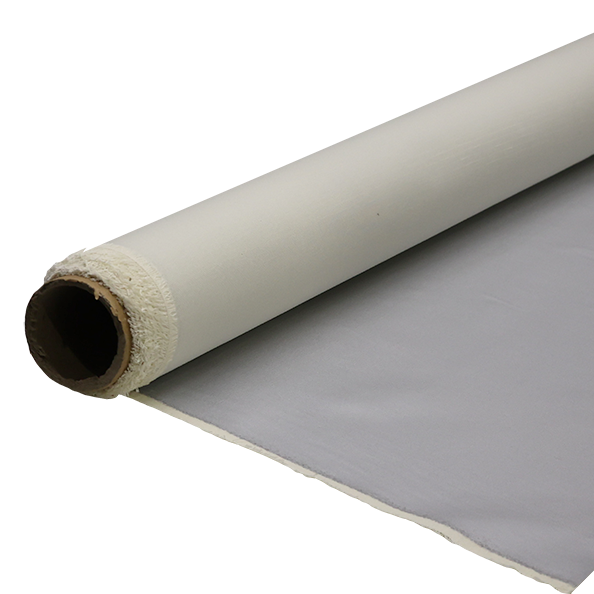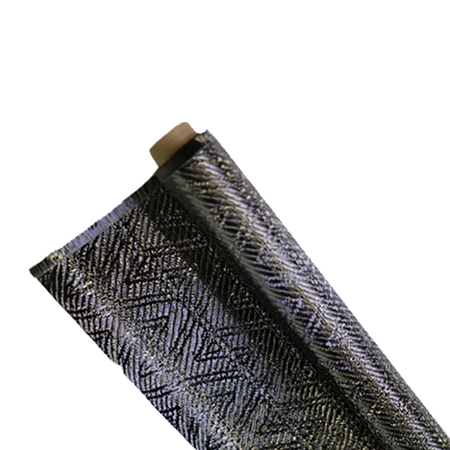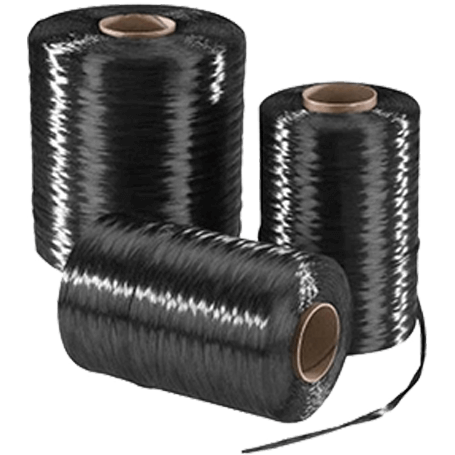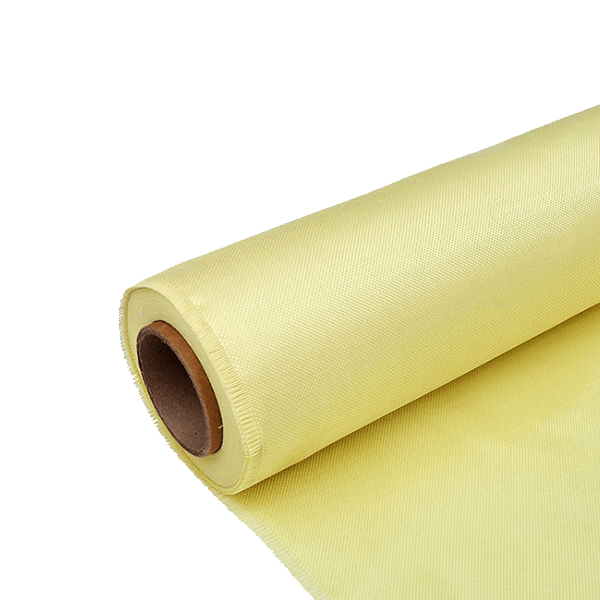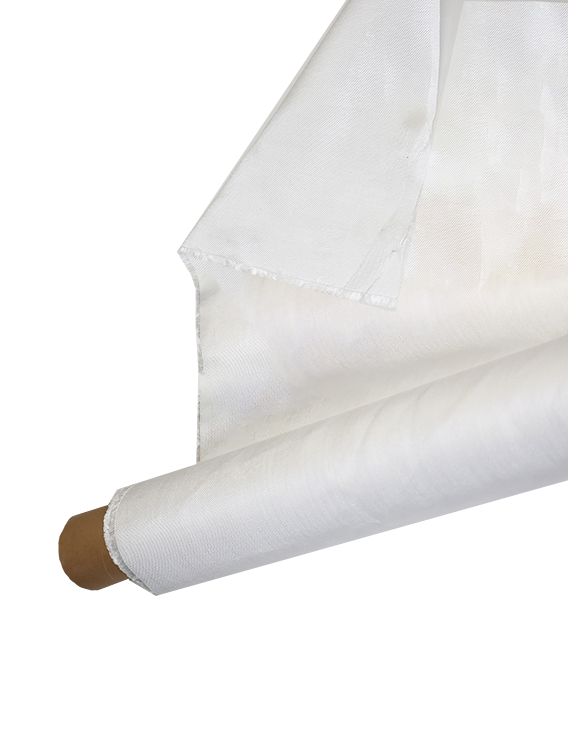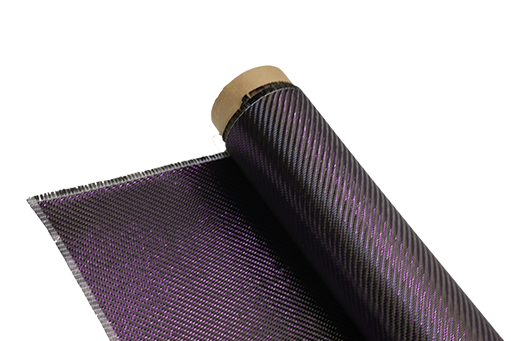How Heat Affects Carbon Fiber Structures
-
Table of Contents
“Heat: The Silent Architect of Carbon Fiber Integrity.”
Heat significantly impacts carbon fiber structures, influencing their mechanical properties, dimensional stability, and overall performance. Carbon fiber composites are known for their high strength-to-weight ratio and rigidity, but exposure to elevated temperatures can lead to thermal degradation, resin softening, and potential loss of structural integrity. Understanding the thermal behavior of carbon fiber materials is crucial for applications in aerospace, automotive, and sporting goods, where temperature fluctuations can occur. This introduction explores the effects of heat on carbon fiber structures, including changes in tensile strength, thermal expansion, and the implications for design and safety in high-temperature environments.
Heat Resistance of Carbon Fiber Composites
Carbon fiber composites are renowned for their exceptional strength-to-weight ratio and rigidity, making them a popular choice in various industries, including aerospace, automotive, and sporting goods. However, understanding how heat affects these materials is crucial for optimizing their performance and longevity. The heat resistance of carbon fiber composites is a significant factor that influences their application and durability.
To begin with, it is essential to recognize that carbon fiber itself is inherently resistant to high temperatures. The fibers can withstand temperatures exceeding 300 degrees Celsius without significant degradation. This characteristic is primarily due to the carbon atoms’ strong covalent bonds, which provide stability even under thermal stress. However, while the fibers themselves exhibit impressive heat resistance, the matrix materials used in carbon fiber composites can vary widely in their thermal properties. Typically, these matrices are made from epoxy resins, which can begin to soften or degrade at temperatures as low as 120 degrees Celsius. Consequently, the overall heat resistance of a carbon fiber composite is often dictated by the matrix rather than the fibers.
Moreover, the interaction between the carbon fibers and the matrix plays a critical role in determining the composite’s thermal performance. When exposed to elevated temperatures, the matrix may lose its structural integrity, leading to a reduction in the composite’s mechanical properties. This phenomenon is particularly concerning in applications where high thermal loads are expected, such as in aerospace components or high-performance automotive parts. Therefore, selecting an appropriate matrix material that can withstand higher temperatures is essential for enhancing the heat resistance of carbon fiber composites.
In addition to the choice of matrix, the manufacturing process also influences the thermal performance of carbon fiber composites. For instance, curing processes that involve elevated temperatures can improve the cross-linking of the resin, thereby enhancing its thermal stability. However, if the curing temperature exceeds the thermal limits of the matrix, it can lead to premature degradation. Thus, manufacturers must carefully balance the curing conditions to optimize the composite’s heat resistance while ensuring that the matrix retains its mechanical properties.
Furthermore, the presence of additives and fillers in the matrix can significantly impact the thermal performance of carbon fiber composites. Certain additives can enhance the thermal stability of the resin, allowing the composite to maintain its structural integrity at higher temperatures. For example, incorporating thermally stable fillers can improve the heat resistance of the matrix, thereby extending the operational temperature range of the composite. This approach is particularly beneficial in applications where thermal cycling is a concern, as it helps mitigate the risk of thermal fatigue.
In conclusion, while carbon fiber itself exhibits remarkable heat resistance, the overall thermal performance of carbon fiber composites is influenced by various factors, including the choice of matrix material, manufacturing processes, and the incorporation of additives. Understanding these elements is crucial for engineers and designers who aim to leverage the unique properties of carbon fiber composites in high-temperature applications. By carefully considering these factors, it is possible to enhance the heat resistance of carbon fiber structures, ensuring their reliability and performance in demanding environments. As research and technology continue to advance, the development of new matrix materials and manufacturing techniques will likely further improve the thermal capabilities of carbon fiber composites, expanding their potential applications across various industries.
Thermal Expansion and Its Impact on Carbon Fiber Integrity
The interaction between heat and carbon fiber structures is a critical area of study, particularly in applications where temperature fluctuations are common. One of the primary concerns regarding heat exposure is thermal expansion, a phenomenon that occurs when materials are subjected to temperature changes. As temperatures rise, materials generally expand, and as they cool, they contract. This behavior is particularly relevant for carbon fiber composites, which are widely used in aerospace, automotive, and sporting goods industries due to their high strength-to-weight ratio and rigidity.
Carbon fiber itself is composed of long chains of carbon atoms bonded together in a crystalline structure, which contributes to its unique properties. However, the thermal expansion characteristics of carbon fiber differ significantly from those of the resins and other materials used in composite structures. While carbon fiber exhibits a low coefficient of thermal expansion, meaning it expands and contracts very little with temperature changes, the resins typically used in conjunction with carbon fibers can have a much higher coefficient of thermal expansion. This disparity can lead to internal stresses within the composite material when subjected to temperature variations.
As the temperature increases, the resin matrix may expand more than the carbon fibers, creating a situation where the fibers are effectively being pulled by the expanding resin. This differential expansion can lead to micro-cracking within the resin, which compromises the integrity of the composite structure. Over time, these micro-cracks can propagate, leading to delamination, where layers of the composite begin to separate. Such delamination can significantly reduce the mechanical properties of the material, including its tensile strength and stiffness, ultimately affecting the performance of the component in its intended application.
Moreover, the impact of thermal expansion is not limited to the immediate effects of heat exposure. Repeated thermal cycling—where a material is subjected to alternating periods of heating and cooling—can exacerbate the issues associated with differential expansion. Each cycle can contribute to the accumulation of damage within the composite, leading to a gradual degradation of its structural integrity. This phenomenon is particularly concerning in environments where components are exposed to fluctuating temperatures, such as in aerospace applications where aircraft may experience significant temperature changes during flight.
To mitigate the adverse effects of thermal expansion on carbon fiber structures, engineers and material scientists are continually exploring advanced composite formulations and manufacturing techniques. One approach involves optimizing the resin systems used in conjunction with carbon fibers to better match their thermal expansion characteristics. By developing resins with lower coefficients of thermal expansion, it is possible to reduce the internal stresses that arise from temperature changes, thereby enhancing the overall durability and longevity of the composite material.
In addition to material selection, the design of carbon fiber structures can also play a crucial role in managing thermal expansion effects. Implementing design features that allow for controlled movement or flexibility can help accommodate the expansion and contraction of materials without compromising structural integrity. Furthermore, thorough testing and analysis under varying thermal conditions can provide valuable insights into the performance of carbon fiber composites, enabling engineers to make informed decisions regarding their applications.
In conclusion, understanding the effects of heat on carbon fiber structures, particularly in relation to thermal expansion, is essential for ensuring the reliability and performance of these advanced materials. By addressing the challenges posed by differential expansion and developing strategies to mitigate its impact, the industry can continue to harness the benefits of carbon fiber composites across a wide range of applications.
The Role of Heat in the Curing Process of Carbon Fiber Materials
The curing process of carbon fiber materials is a critical phase in the production of composite structures, and heat plays a pivotal role in this transformation. Carbon fiber composites are renowned for their exceptional strength-to-weight ratio, making them ideal for various applications, from aerospace to automotive industries. However, the properties that make these materials so desirable are largely dependent on the curing process, which involves the application of heat to facilitate the chemical reactions necessary for the formation of a solid, durable structure.
During the curing process, heat initiates a series of exothermic reactions within the resin matrix that binds the carbon fibers together. This resin, typically an epoxy, undergoes polymerization when exposed to elevated temperatures. As the temperature rises, the molecular chains within the resin begin to cross-link, resulting in a hardened material that exhibits enhanced mechanical properties. The degree of heat applied, along with the duration of exposure, is crucial, as insufficient heat can lead to incomplete curing, while excessive heat may cause degradation of the resin or the fibers themselves.
Moreover, the temperature profile during curing is not uniform; it often follows a specific ramp-up and hold pattern to ensure optimal results. Initially, a gradual increase in temperature allows the resin to flow and fill the mold, ensuring that the carbon fibers are thoroughly saturated. Following this initial phase, a sustained high temperature is maintained to promote complete polymerization. This careful control of temperature is essential, as it directly influences the final properties of the composite, including its tensile strength, thermal stability, and resistance to environmental factors.
In addition to the chemical transformations occurring within the resin, heat also affects the physical characteristics of the carbon fibers themselves. Carbon fibers are typically produced through a process that involves heating precursor materials to high temperatures, which aligns the molecular structure and enhances their strength. However, during the curing process, if the temperature exceeds certain thresholds, it can lead to thermal degradation of the fibers, compromising their integrity. Therefore, understanding the thermal limits of both the resin and the fibers is vital for manufacturers to optimize the curing process and ensure the longevity and performance of the final product.
Furthermore, the interaction between heat and carbon fiber structures extends beyond the curing phase. Post-curing treatments, which involve additional heating after the initial curing process, can further enhance the mechanical properties of the composite. This step allows for any residual stresses to be relieved and can improve the overall thermal and chemical resistance of the material. Consequently, manufacturers often incorporate post-curing as a standard practice to achieve the desired performance characteristics in high-stakes applications.
In conclusion, the role of heat in the curing process of carbon fiber materials is multifaceted and essential for achieving the desired properties of the final composite structure. By carefully controlling the temperature and duration of exposure during curing, manufacturers can ensure that the resin fully polymerizes and that the carbon fibers maintain their integrity. This intricate balance of heat application not only influences the mechanical performance of the composite but also its durability and resistance to environmental factors. As industries continue to explore the potential of carbon fiber composites, understanding the nuances of heat’s role in the curing process will remain a cornerstone of innovation and development in this advanced material field.
Q&A
1. **Question:** How does high temperature exposure affect the mechanical properties of carbon fiber structures?
**Answer:** High temperature exposure can lead to a reduction in the tensile strength and stiffness of carbon fiber structures, potentially causing delamination and matrix degradation.
2. **Question:** What is the impact of thermal cycling on carbon fiber composites?
**Answer:** Thermal cycling can induce thermal stresses that may result in microcracking, fatigue, and eventual failure of the composite material over time.
3. **Question:** Can carbon fiber structures withstand high temperatures without damage?
**Answer:** Carbon fiber structures can withstand high temperatures to a certain extent, typically up to 300°C (572°F) for epoxy resins, but prolonged exposure can compromise their integrity and performance.Heat can significantly impact carbon fiber structures by altering their mechanical properties, thermal stability, and overall performance. Elevated temperatures can lead to matrix degradation, loss of stiffness, and potential delamination, compromising the integrity of the composite. Additionally, thermal expansion differences between the carbon fibers and the resin matrix can induce internal stresses, further affecting structural reliability. Therefore, understanding and managing the thermal effects on carbon fiber materials is crucial for ensuring their performance in high-temperature applications.

